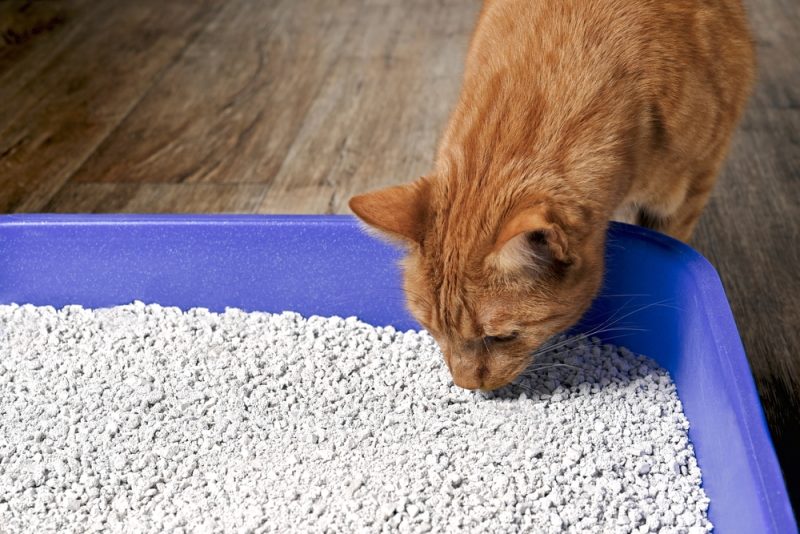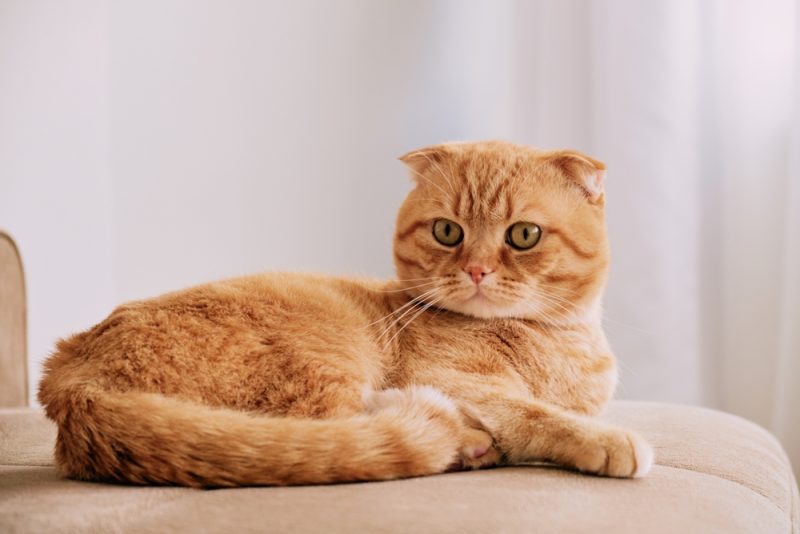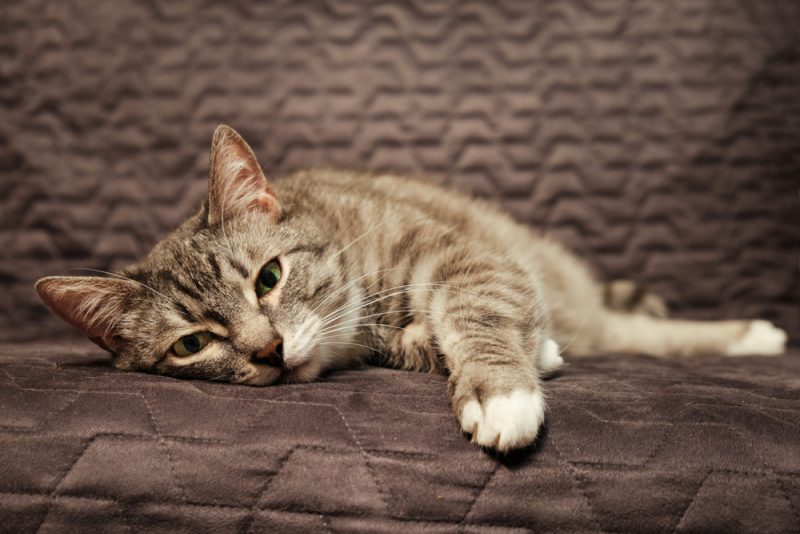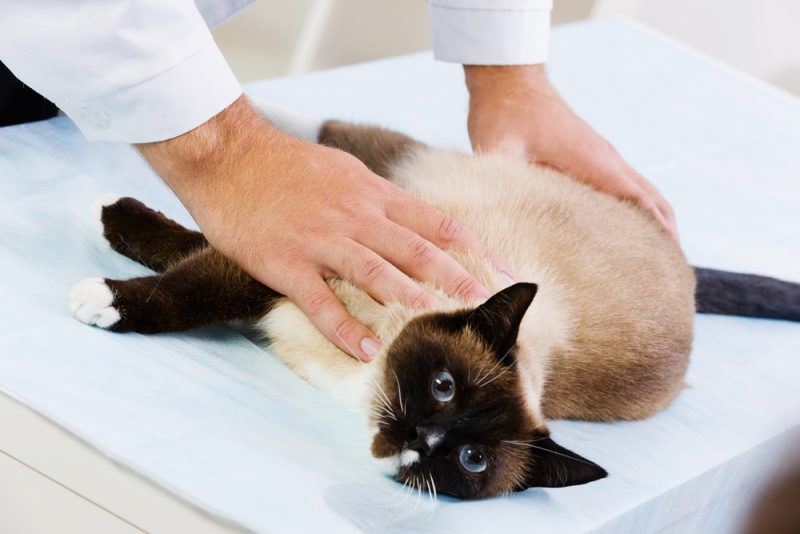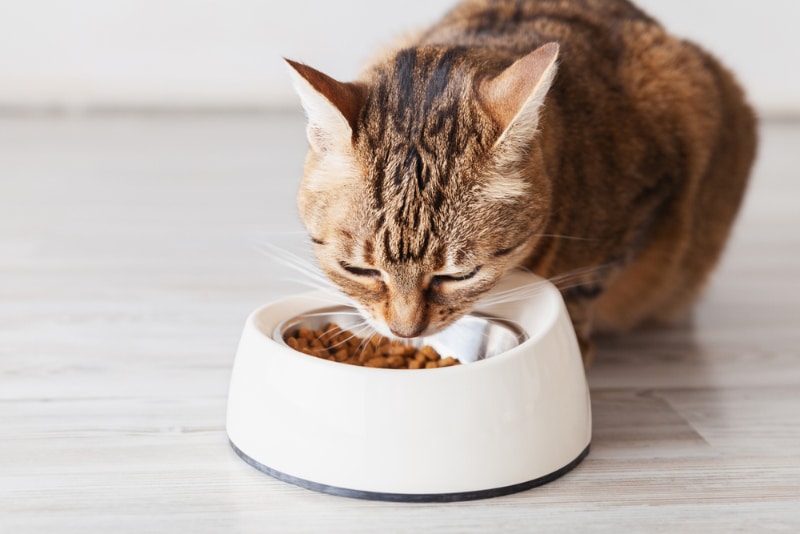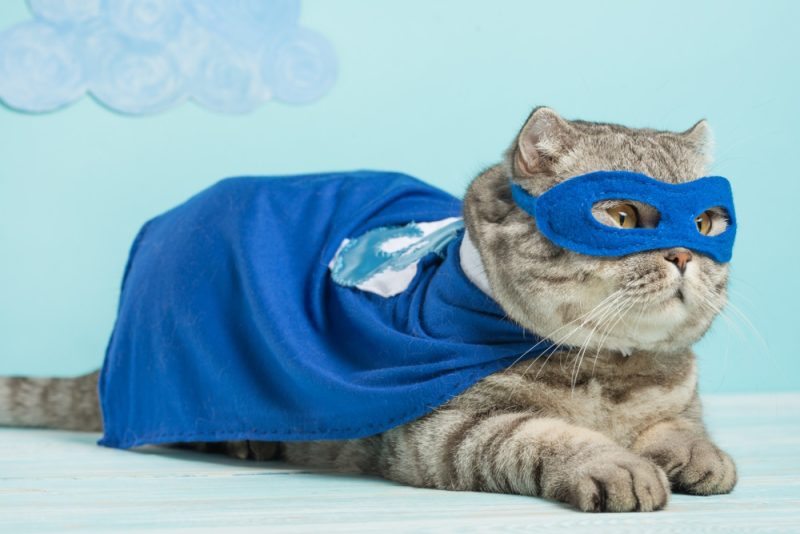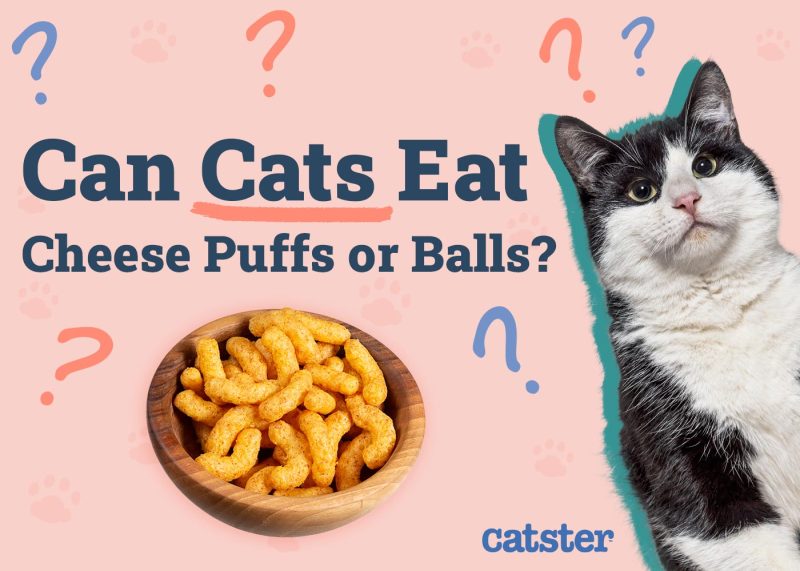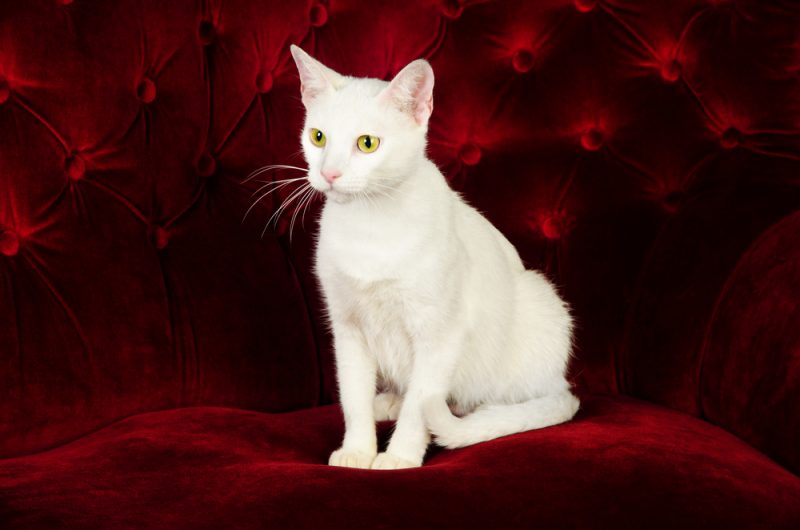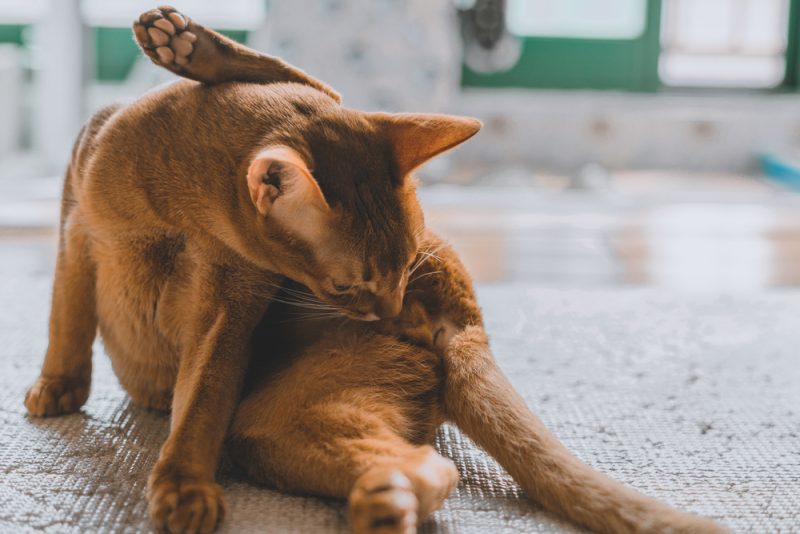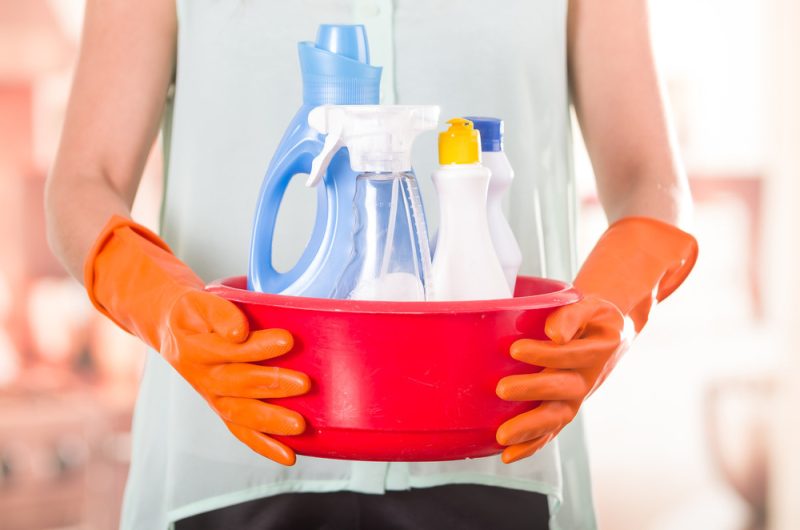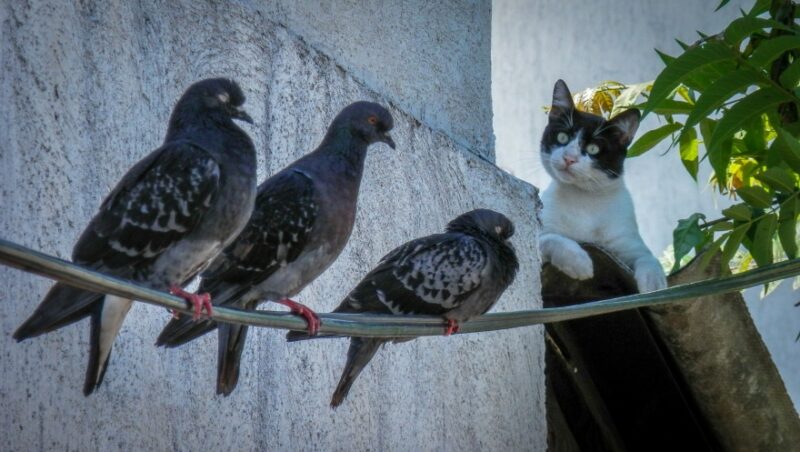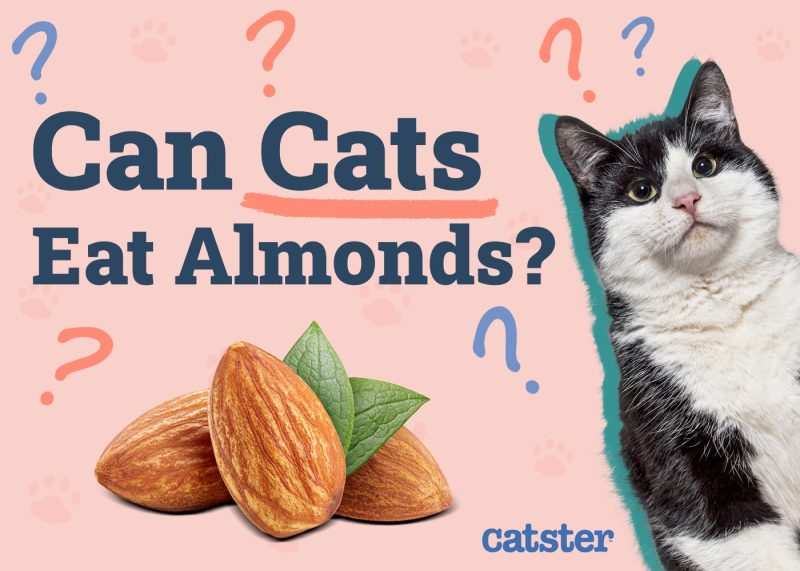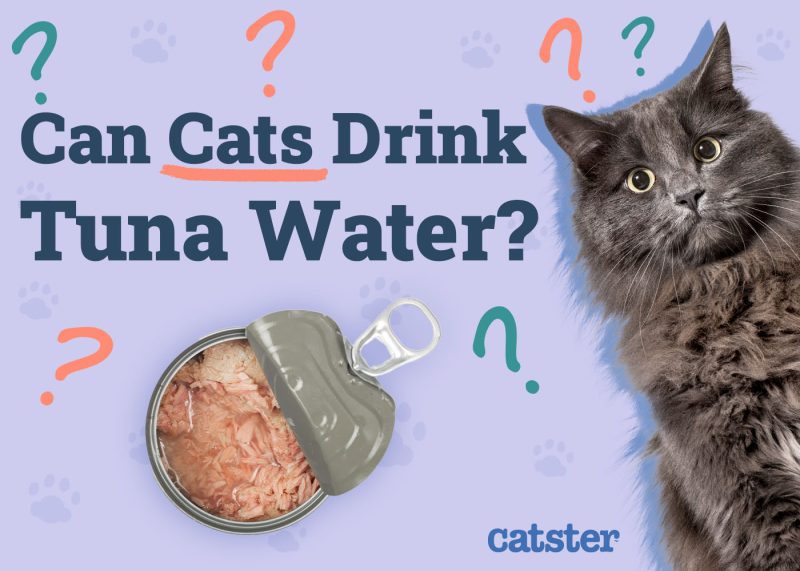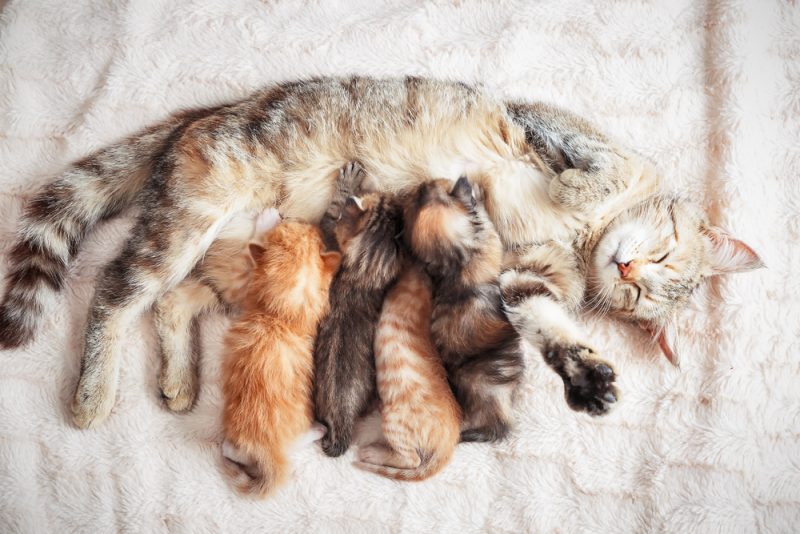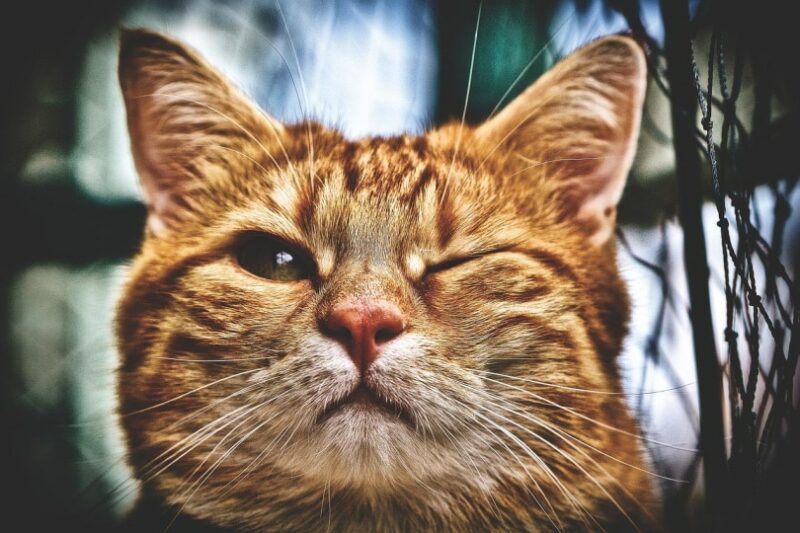In this article
Let’s face it: As much as we adore our cats, dealing with cat litter is not anyone’s idea of a good time! Not only do we need our cats to be happy with the litter, but it also needs to be relatively hassle free for us to clean.
If you’ve decided that you want to start using an eco-friendly cat litter, but you’re not sure what kind is best or even how to go about switching over to a new litter, we’ve got you covered.
In this article, we discuss the different kinds of eco-friendly cat litter available and how to switch to a new one successfully.

What Exactly Is Eco-friendly Cat Litter?
If you’re concerned about the environment and want to keep your carbon footprint as small as possible, eco-friendly cat litter can help. This type of litter is generally made using biodegradable materials that are recycled and renewable. It can also be byproducts from other industries, which means it has gone through minimal processing and is sustainably sourced.
Disposing of eco-friendly cat litter can also be nearly guilt free, given that it’s biodegradable and compostable.
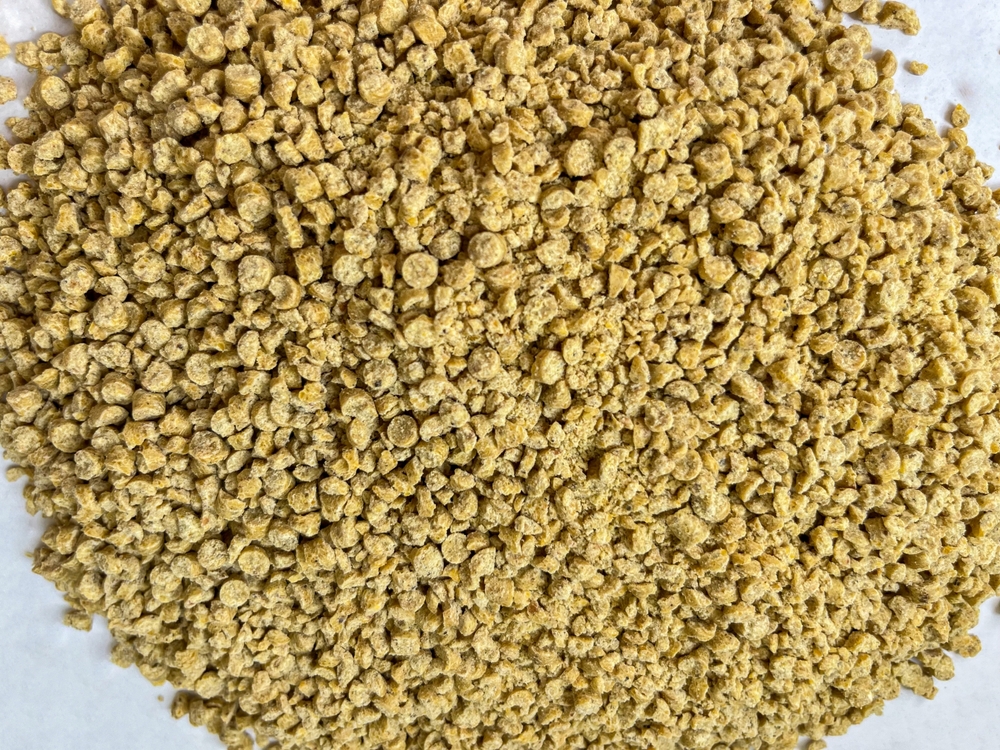

How to Switch to Eco-Friendly Cat Litter
Much of this depends on your cat and what you’re looking for in a litter. Still, here’s a general guide:
1. Do It Gradually
Cats are not fans of change, particularly when it comes to their food and litter. The best way to introduce new litter is to do it slowly and gradually.
Mix a small amount of the new litter with their regular litter. In the first week, aim for about 20% new litter to 80% old. In the second week, do 40% new litter to 60% old, and so on until your cat is only using the new litter.
While making this transition, place the new litter on the bottom with the old litter on top.
2. Avoid Too Much Change at Once
Don’t introduce your cat to new litter if there are other things already going on in the household. For example, if you’re switching litter because you’re getting a second cat, it’s not a good idea to switch your old cat’s litter. They will be dealing with the stress of the new cat already.
Don’t consider making a change if anything else is going on, like you’re moving, having a new baby, or doing renovations.
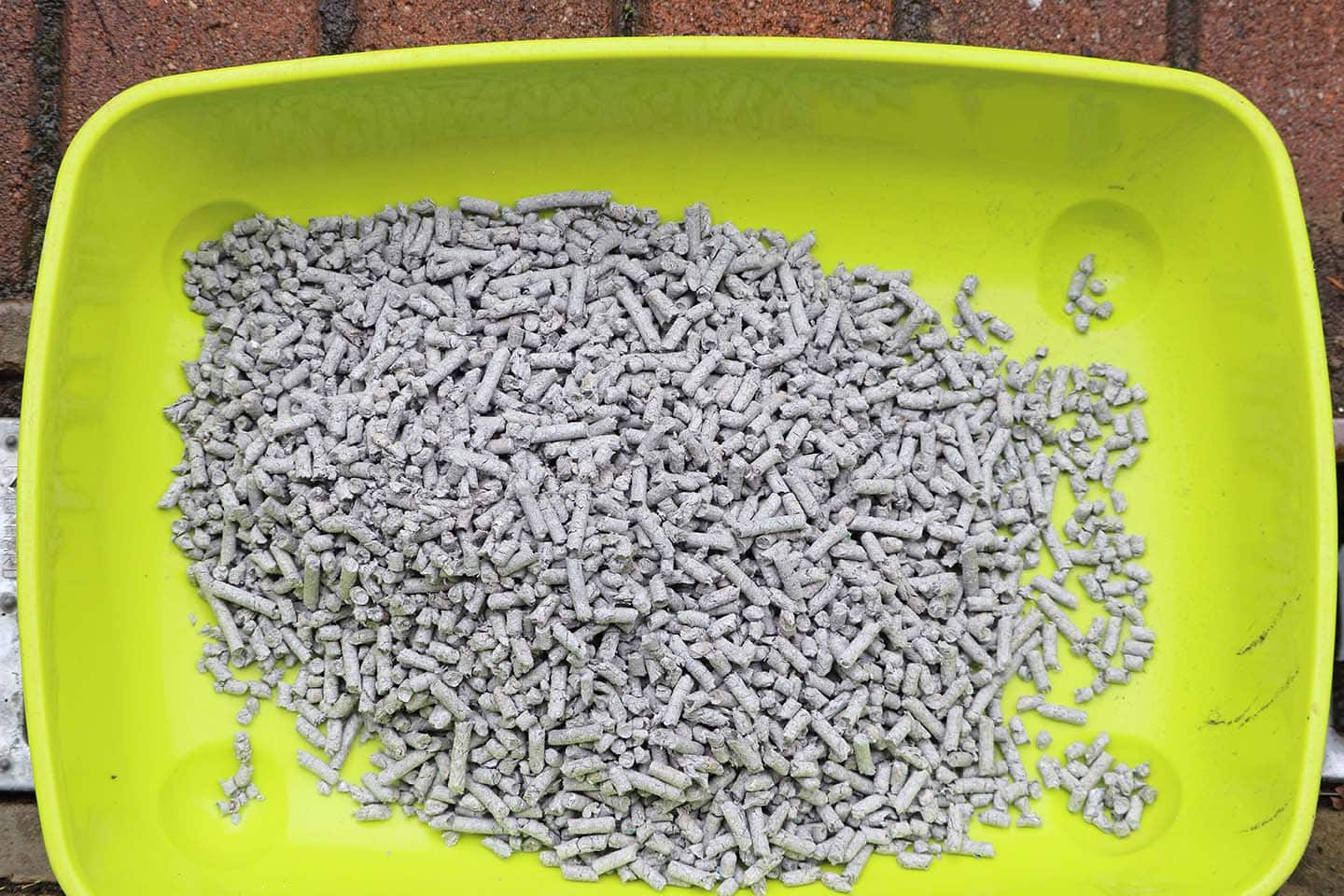
3. Set Up More Than One Litter Box
If your cat seems reluctant to use the new litter, consider setting up a second litter box with yet another new litter. You can do this with more than two if desired.
For example, you can put down one litter box with walnut, another with pine, and a third with bamboo litter. This gives your cat several new litters to choose from and can help you pinpoint the litter that they like the most.
4. Make It Familiar
Cats will have preferences on the type of litter box as well, for example they may not be used to a covered or self cleaning box. Keep the type of litter box consistent, and the location similar, when switching to new cat litter. In general cats prefer to use litter boxes that are clean, easy to access and feel ‘safe’. Avoid placing boxes in noisy areas and put them away from their food and water bowls.
5. Reward Your Cat
If your cat is still reluctant, give them a treat or praise whenever they use the new litter. Like nearly all animals, cats are food motivated, so giving them a high-value treat when they use the litter might motivate them to keep using it.
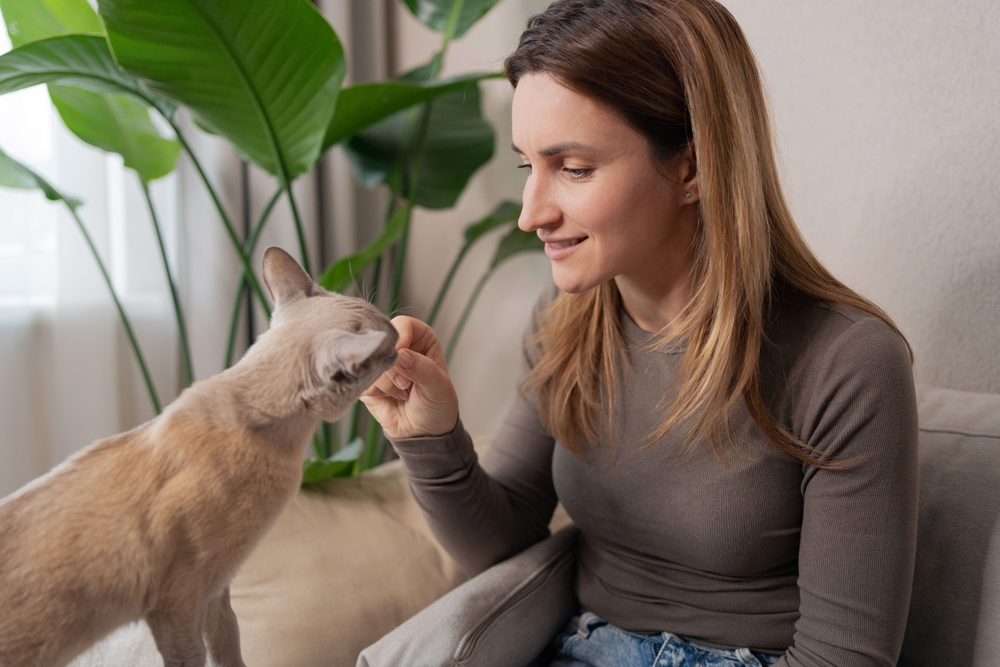
6. Keep Trying
So many things about cat litter can put off your cat, the texture and the smell being the biggest factors. If you’re trying out a litter and your cat would rather pee on the floor than go in the litter box, you should get a new one.
Trying out multiple litter boxes can come in handy, but it does mean spending quite a bit of money for all the different litters. Opt for the smallest or cheapest boxes/bags possible. If your cat is regularly going toileting outside of their litter box, or there are any other changes in their behavior, get them checked out by your vet to make sure there are no underlying medical issues that need addressing.
If you need to speak with a vet but can't get to one, head over to PangoVet. It's an online service where you can talk to a vet online and get the advice you need for your pet — all at an affordable price!


What Are Eco-Friendly Cat Litters Made From?
There are plenty of eco-friendly cat litter available, from quite a variety of materials! When choosing, be sure to take into consideration any allergies you or your cat may have. The following are all available as cat litter, and each has its advantages and disadvantages:
- Bamboo: Bamboo is not the most common of natural cat litter, but it’s absorbent and decent at odor control. However, the clumps tend to fall apart.
- Coconut: Coconut husk makes a great cat litter. It can be clumping or non-clumping, and it’s lightweight and completely biodegradable. But it can be messy and hard to find for purchase.
- Corn: Corn cat litter has been around for a while. It can clump and is lightweight, almost dust-free, and often flushable. However, it isn’t always the best at odor control.
- Grass seed: Grass seed litter clumps, is nearly dust-free, and is soft on the paws but tends to track.
- Paper: Recycled paper can be clumping or non-clumping, absorbent, and dust-free. But odor control might be an issue.
- Pine: Pine litter is a biodegradable cat litter that’s been around for a while. It can be clumping or non-clumping and doesn’t track too badly, but it isn’t always good with odor control.
- Tofu: ‘Tofu litter’, made from soybean byproducts, is dust-free, clumps, doesn’t track, and reduces bad odors. However, the clumps don’t always stay together and can get a bit mushy.
- Walnut: Walnut cat litter is made from the fibrous material found inside walnut shells. It reduces bad odors and is absorbent and dust-free. It tends to track a fair bit, though, and doesn’t always clump well.
- Wheat: Wheat cat often litter is flushable and good at clumping, but it can be quite dusty.
- Wood: Wood cat litter is made from different kinds of wood, so there are many options.
Even the best cat litter can quickly start smelling bad. To avoid the expense and inconvenience of constantly replacing your litter, you can try a great litter additive like Hepper's Advanced Bio-Enzyme Cat Litter Deodorizer, a natural product that uses bio-enzymes to neutralize odors.
- Bio Enzymatic Cat Litter Freshener - Smart formulation uses natural ingredients eliminating cat...
- Save Money - Stuff for cats isn’t the cheapest. With this litter box odor eliminator, you’ll...
- Every Litter, Every Surface - Are you afraid this additive won’t work on your litter? Fear not!...
This deodorizer works on all types of litter and won't disrupt your cat's litter box habits.
At Catster, we’ve admired Hepper for many years and decided to take a controlling ownership interest so that we could benefit from the outstanding designs of this cool cat company!
What to Look For in an Eco-friendly Cat Litter
Domestic cats are descended from wildcats that live in a desert environment, so they tend to prefer a sand-like texture in their litter.
When shopping for an eco-friendly litter, you need to consider the texture and scent of it for your cat. But you’ll also need something that you can work with, as some are more complicated to deal with than others. Many of these kinds of cat litter will not clump as well as clay or silica, so you’ll need to weigh what’s more important to you.
Read reviews (three-star reviews make a nice balance between negative and positive), and look for the key aspects that can make or break a litter: dust, tracking, clumping, and odor control.
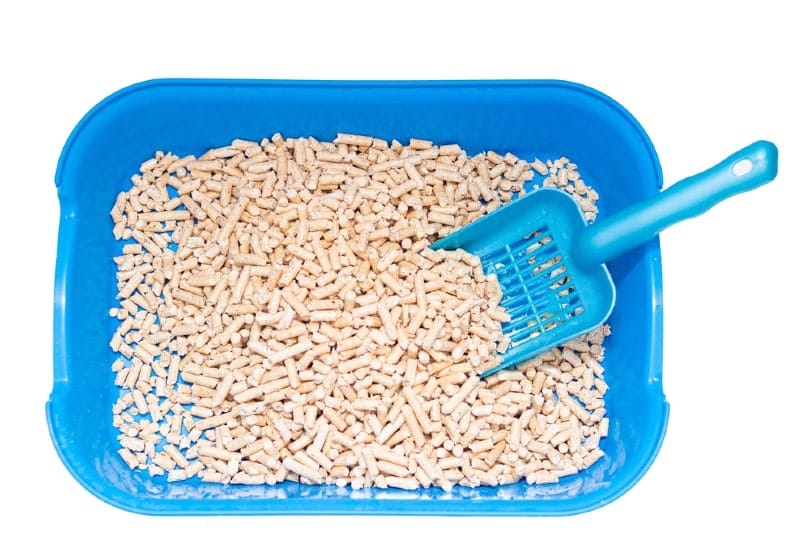

What’s Wrong With Traditional Cat Litter?
Traditional Clay
Clay is the most popular cat litter and has been around the longest. It’s known for its ability to absorb and hold liquid and provides good odor control.
But traditional clay doesn’t clump, so it needs frequent changing; typically, the entire litter box should be dumped, cleaned, and replenished once a week.
Bentonite Clay
Sodium bentonite is what causes traditional litter to clump. In fact, it can increase to 15 times its size. Clumping litter is quite popular, particularly because it’s easy to clean. However, there have been concerns about the dust from the sodium bentonite being inhaled and causing respiratory issues. If ingested the clay can cause serious gastrointestinal issues when it swells up. Also, the clay commonly used is obtained from strip mining which is destructive to the environment.
It’s up to each cat owner to weigh what’s best for their cat and talk to their veterinarian regarding their concerns.
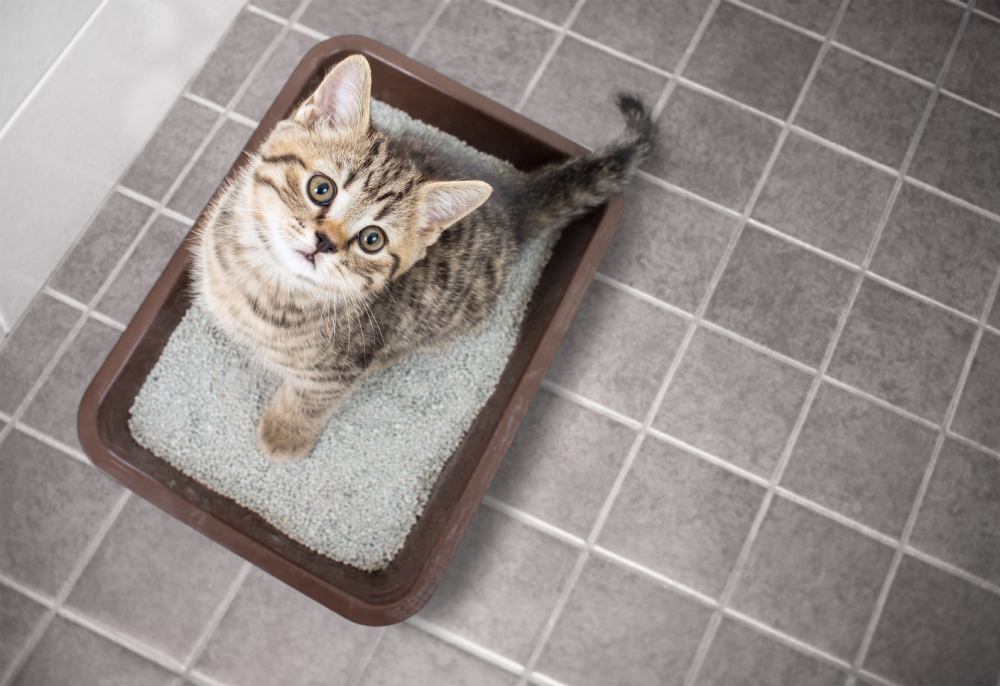
Silica
Silica gel makes up the crystallized cat litter that is also quite popular. It’s absorbent and provides good odor control, and is long-lasting. There haven’t been any major studies on the potential risks, but so far it is considered safe unless ingested.
It’s made with silicone dioxide, which is a natural material that forms into tiny pearls. While it’s generally considered safe, some silica litter is rough in texture, and many cats dislike how it feels on their paws. It’s also not biodegradable, and since silica is derived from quartz, mining operations are necessary to obtain it.

Conclusion
Changing your cat’s litter might go incredibly well, or it might end up taking a great deal of your time and patience before your cat adjusts.
Since litter is such an integral part of cat ownership, your cat must be okay with their litter. Once you settle on a new litter, be sure to read the instructions on the best way to use it.
There’s no question that you’ll need to go through a bit of trial and error when switching to an eco-friendly cat litter, but if done right, you’ll have a slightly smaller carbon footprint and hopefully, a happier cat.
Featured Image Credit: Lightspruch, Shutterstock
